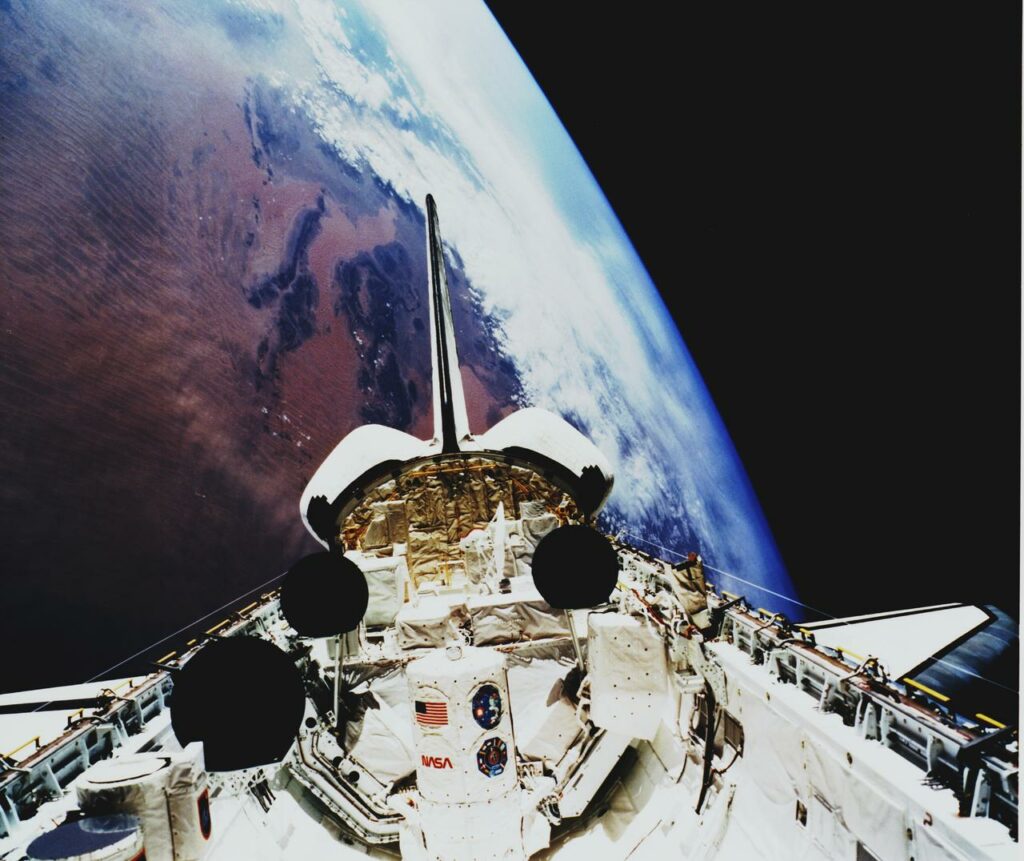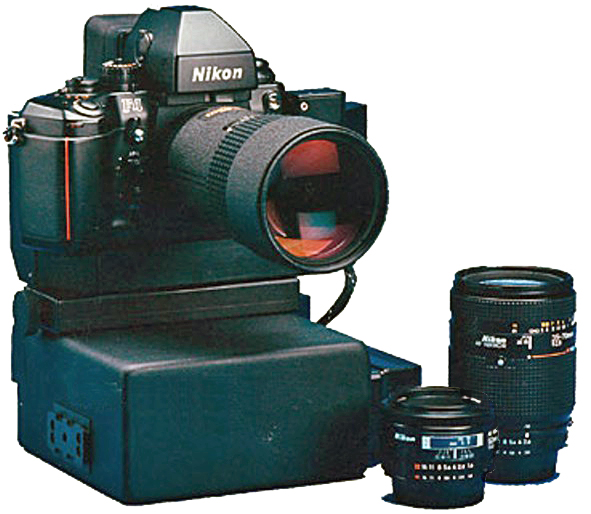
This week in rocket history, we look back at STS-45, the flight of the first Belgian in space.
Atlantis took off on its eleventh mission from LC-39A in Florida on March 24, 1992, and headed into a 57-degree orbit. This was among the highest inclination missions launched on a shuttle. Even higher inclinations would have required flying over land and recovering the boosters in Lake Erie. Dropping rocket stages on populated areas is not a great idea so that never happened.
The launch was originally scheduled for the previous day but was delayed because of a possible leak in the orbiter’s main propulsion system. At launch, it weighed just over two thousand metric tons, including the solid rocket boosters, external tank, and fuel.
The seven-member international crew included Belgian astrophysicist Dirk Frimout and dual British/American astronaut Michael Foale, in addition to Americans Brian Duffy, Kathryn Sullivan, Byron Lichtenberg, and David Leestma. Also aboard was future NASA administrator Charles Bolden Jr.
The main objective of STS-45 was the operation of the ATLAS-1 experiment in the shuttle’s payload bay. The 5.8-metric-ton ATLAS or Atmospheric Laboratory for Applications and Science used the Spacelab pallet system without the Spacelab module itself. To take advantage of their limited time in space, the crew worked the ATLAS experiments 24 hours a day in two shifts, Red and Blue.

The experiments covered the following areas: atmospheric science, solar science, plasma physics, and astrophysics. ATLAS included twelve instruments aimed at both the Earth and out towards space. Atlantis was maneuvered 250 times to point these instruments where they needed to be to collect their data. Similar to the Orbiting Solar Observatory I told you about a couple of weeks ago, it was planned to be a series of ten missions that would span an entire solar cycle. However, ATLAS ended up flying only two more times, in 1993 and 94.
A repeated shuttle “experiment” was the Shuttle Amateur Radio Experiment, with which experienced radio operators could talk to the astronauts in space during the mission. It consisted of a special low-power radio kit, batteries, and an antenna that was sized to fit on the shuttle’s window. The astronauts spoke with several schools during the mission. It had flown four times previously, and on this mission, it was used by the four crew members who were amateur radio operators. Between themselves, the operators spoke several languages and hoped to talk to people around the world. Because of the orbital inclination of the mission, it was even possible for the crew of STS-45 to contact the crew of the Mir space station using amateur radio.
Another experiment was five pounds of clouds. No, not fluffy white ones, but the Cloud Logic to Optimize use of Defense System experiment. CLOUDS was essentially a Nikon F3 camera and lens and a roll of film. The goal was for the astronauts to take pictures of certain cloud formations from space to improve meteorological models for the military.

There was another experiment on STS-45 that involved a camera. The Nikon NASA F4 was an early digital camera made by NASA using the body of a Nikon F4 film camera with a digital sensor and electronics underneath the camera to record and store the digital images. The digital back had a monochrome sensor made by a team at the Johnson Space Center that was fifteen by fifteen millimeters in size, or about the size of a modern APS-C sensor. It had approximately a one-megapixel resolution. The square sensor was used because of the ease of post-processing its images. It could only shoot at one ISO speed, 200.
Besides the space experiments, the crew also conducted biological experiments on themselves in the shuttle’s crew compartment, including one experiment on the effects of weightlessness on body tissue and another on how weightlessness affected vision. One Get Away Special, cheap entirely self-contained experiments, flew on STS-45. It studied crystal growth in microgravity from a mount in the payload bay.
The mission was extended by a day in order to continue science experiments. Atlantis landed back at the Kennedy Space Center the morning of April 2nd, 1992, eight days and 22 hours after launch. At landing, it weighed a little over 93 metric tons, having shed most of its initial two thousand metric tons getting to space. It traveled 5.1 million kilometers across 160 orbits.
More Information
STS-45 mission page (NASA)
PDF: STS-45 press kit (NASA)
NASA F4 Electronic Still Camera (Nikon)
PDF: Talking to Space Shuttle Atlantis (HAM Waves)




 Join the Crew!
Join the Crew!
 Escape Velocity Space News
Escape Velocity Space News
0 Comments